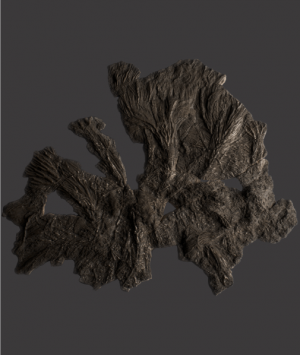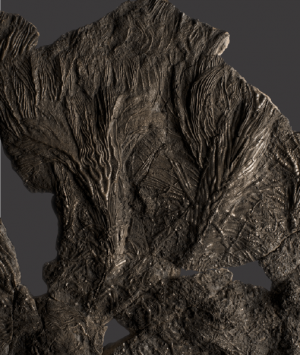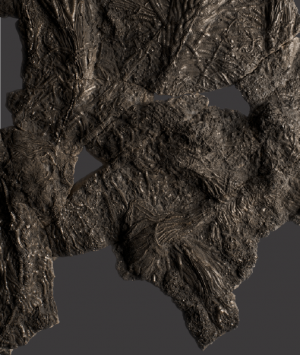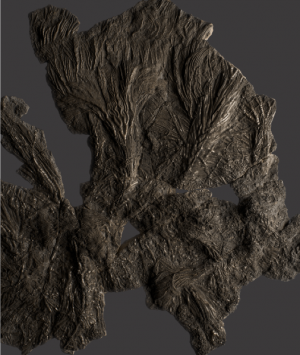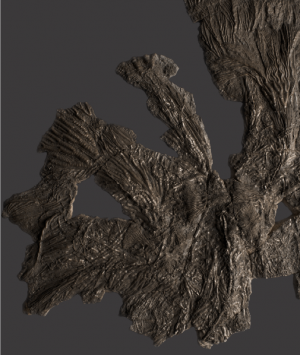Item number: 5756
A Rare British Fossilised Crinoid, ‘Pentacrinites’
Lower Jurassic Period, Approximately 190,000,000 Years Old
Discovered at Charmouth, Dorset
Ex English Private Collection
Although their origin was initially misunderstood, the naturally preserved remains of once living organisms known as fossils have been collected and valued by mankind for thousands of years. Throughout early history their mysterious existence was commonly explained by legends and folklore, often leading to widespread belief that they possessed supernatural or medicinal powers, a legacy which endures among some to this day. In more recent history, before their true nature and significance was fully comprehended, fossils were explained by the clergy and enthusiastically accepted by much of society as evidence substantiating the ‘Great Biblical Flood’.
For inestimable years, fossils had been collected and sold as simple ‘curiosities of nature’, however by the advent of the 19th century interest in collecting and seriously studying them was increasing.
The crumbling ‘Lias’, cliffs belonging to the Dorset seaside town of Lyme Regis and its neighboring village of Charmouth became particularly famous for fossils and its association with pioneering collectors, most notably, Mary Anning. Her spectacular discoveries and remarkably insightful recognition and interpretation of them, were instrumental in enabling eminent scholars of this emerging science to make their achievements. It is thought that the tongue twister, “She sells sea shells on the sea shore”, was invented in reference to her.
Few places can lay claim to such a unique heritage, so inextricably linked to geology and the historical science of palaeontology, as Lyme Regis and Charmouth, they are unquestionably worthy of the profound reverence in which they are held among scholars and enthusiasts of these subjects, both past and present. The diverse range of beautiful, Lower Jurassic fossils found there are often exceptionally well preserved, as such they are regarded as among the finest in the world and have become particularly prized by collectors. Today the area is a ‘World Heritage Site’ and designated site of ‘Special Scientific Interest’, (SSSI).
‘Pentacrinites’ fossils are often referred to as ‘sea lilies’, due to their plant like appearance. They are in fact animals closely related to Starfish and Sea Urchins. Attaching themselves to floating driftwood in the Jurassic seas, they used their branch like arms to filter food. Inevitably the wooden host would eventually become water-logged, sinking to its grave on the seabed along with its passenger.
Complete Crinoid specimens are very rare finds from the Dorset ‘Lias’. When encountered, they usually comprise of small fragments unless recovered in-situ, due to the extremely thin and subsequently vulnerable nature of the fossils. This superb example is very well preserved.
Dimensions (Approximate)
Height: 30cm, Width: 36.7cm

